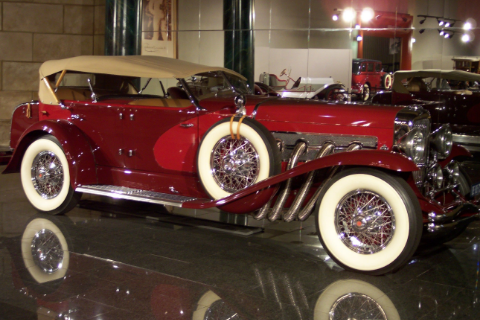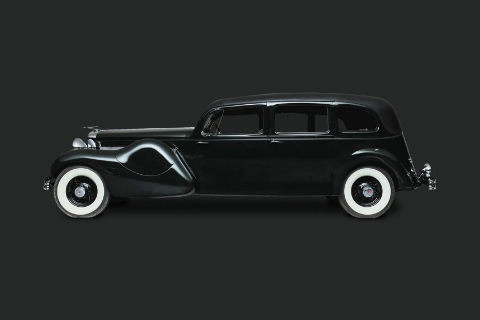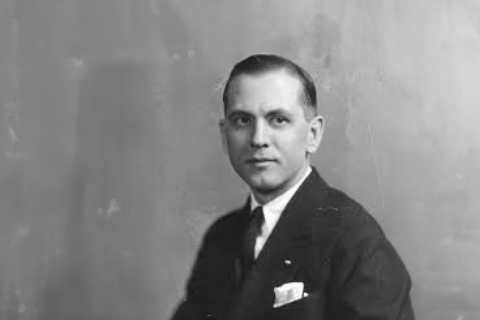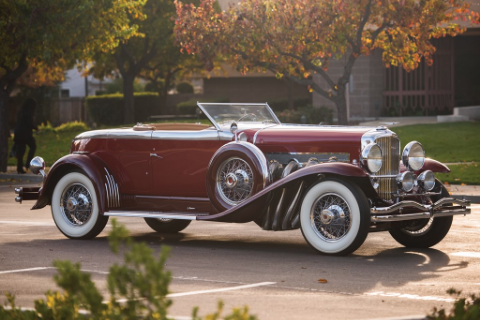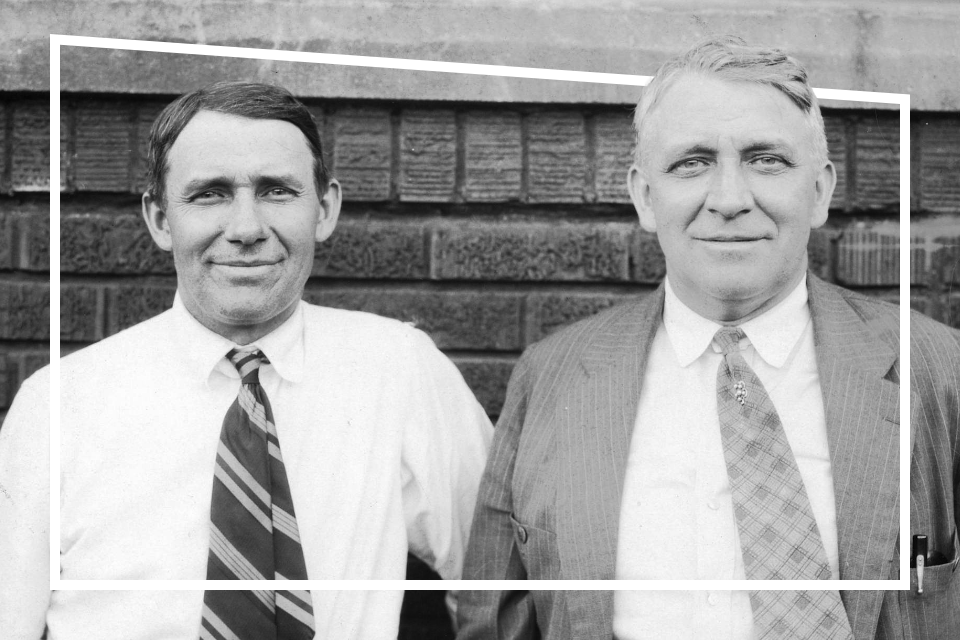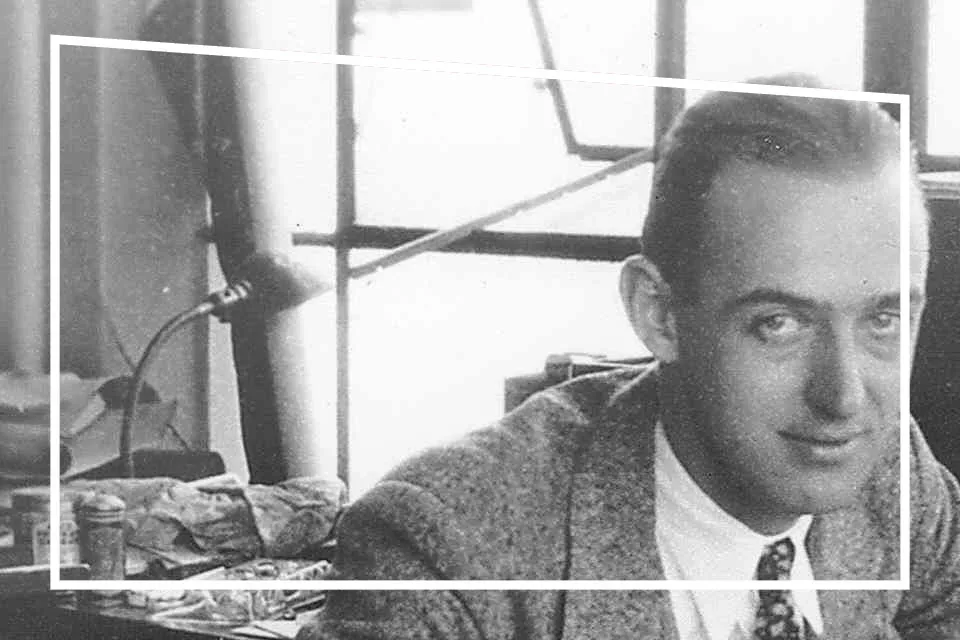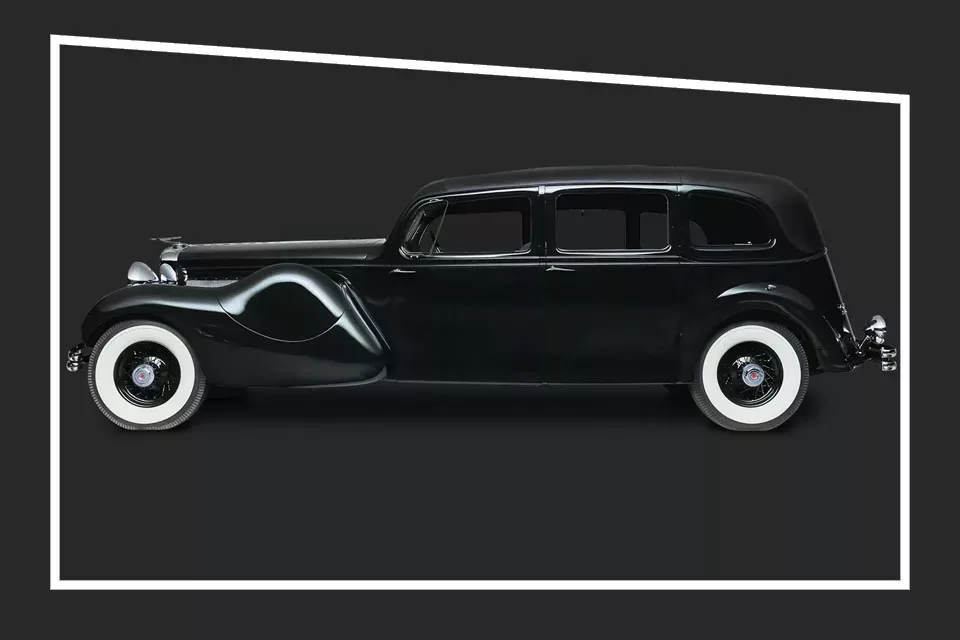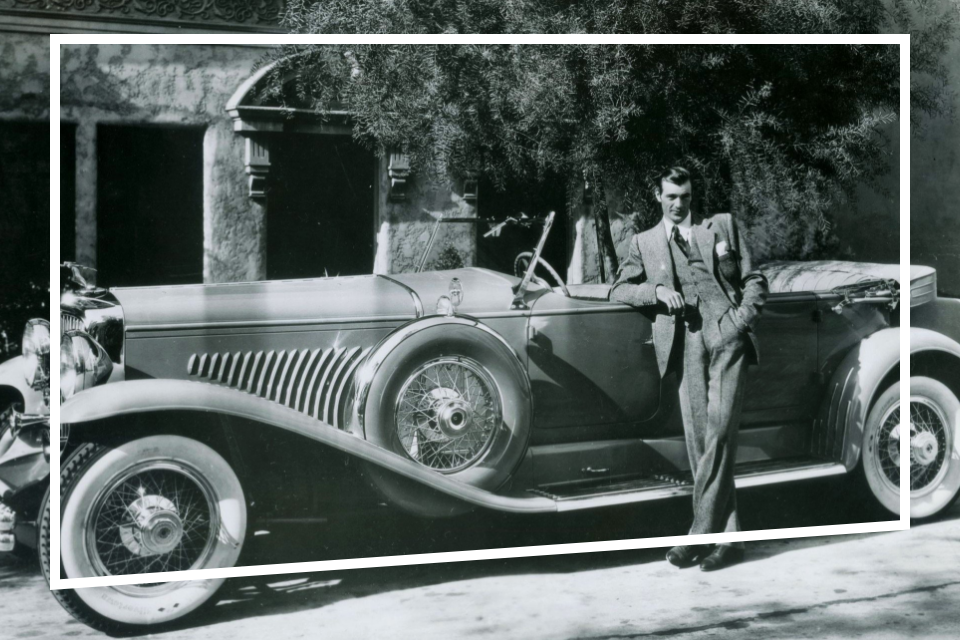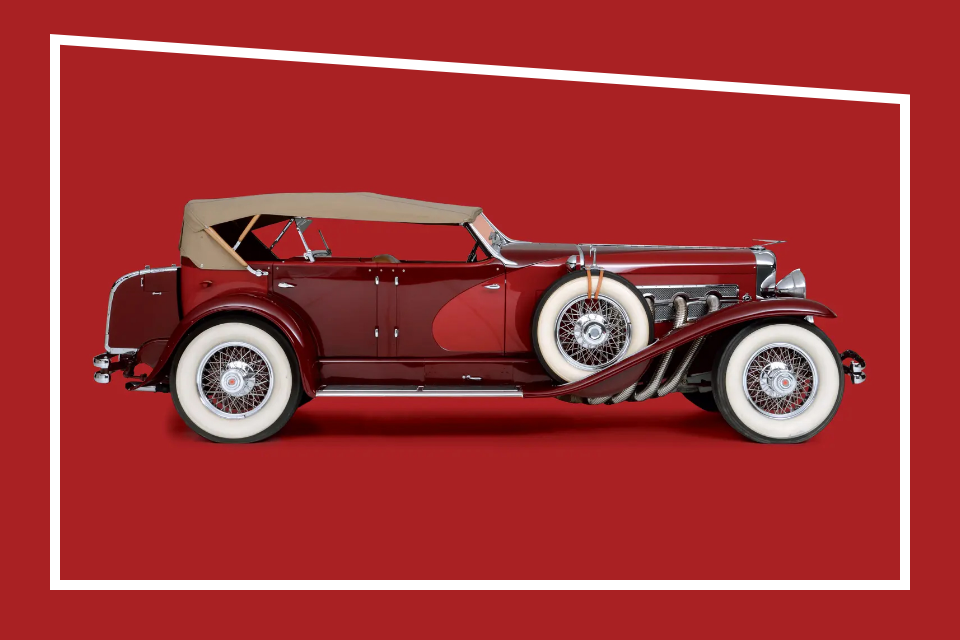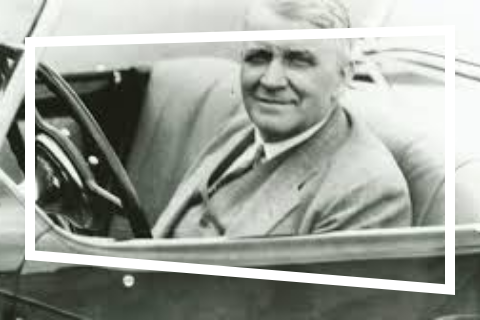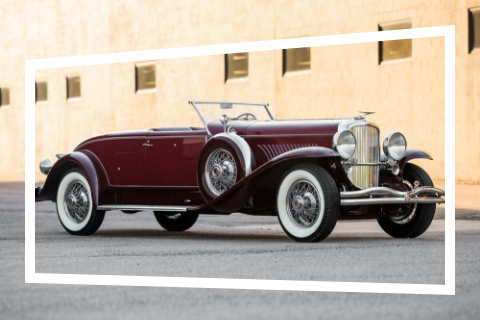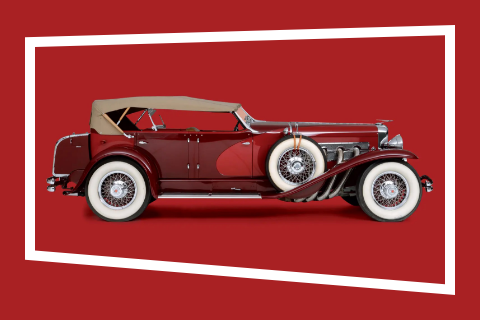The law of the retarding lead
The story of Duesenberg.
August and Friedrich Duesenberg, also known as Augie and Fred, have a problem. The races are going well, but the business is struggling. Since 1922, they have been wanting to literally enrich the automobile market. With the very luxurious Duesenberg Model A, they demonstrate how they can use their experience in racing engines to create the ideal power source for a smooth Grand Tourer. With the world’s first application of hydraulic brakes on all four wheels, the car is far ahead of its time. However, the new technology is expensive, and the car literally faces the law of diminishing returns. Due to the difficult production of only 650 units, the brothers are heading towards bankruptcy.
In 1926, the brothers are saved by Erret Lobban Cord, owner of Cord and Auburn. Erret believes in the luxury concept of Duesenberg. The company must continue with all its developments. Augie then focuses on building racing engines, while Erret gives Fred control of the car factory and assigns him a mission: to build the most luxurious car in the world. And so it happens. Fred puts all his energy into the new Model J. In 1928, it is ready. The youngest Duesenberg surpasses everything. In a country where a doctor earns 3,000 dollars a year, the Model J costs a staggering 8,500 dollars.
But that’s just for the chassis. The final price ranges between 13,000 and 19,000 dollars. A single unit even sells for 25,000 dollars. For that price, you get a car with 265 horsepower and high-tech features: a warning light that indicates every 700 miles when the oil needs to be changed, a light that indicates every 1,400 miles when the battery needs to be checked, and a Bijur pump that automatically lubricates the chassis every 75 miles.
With this car, you want to be seen in Manhattan. Your success on wheels. The law of diminishing returns has been overcome. The law of Murphy, not yet. In 1929, the stock market crashes, and the sales of the Model J plummet along with it. Yet, Duesenberg stays afloat thanks to the Hollywood jet set and European nobility. Clark Gable, Greta Garbo, James Cagney, Mae West, the Duke of Windsor, Queen Maria of Yugoslavia, Alfonso the Eighth of Spain, and oh yes, Al Capone. The Romanian Prince Nicholas buys three. And anything is possible: lengthened, shortened, in any imaginable color and interior. You want to be seen in it. The image of Duesenberg stands above any other brand.
Duesenberg can continue. In May 1932, Fred Duesenberg introduces the Model SJ, a ‘supercharged’ J with 320 horsepower. Recognizable by the four exhaust pipes emerging from the sides of the engine. A design so iconic that Erret Cord registers it as a trademark just to be safe. Up until now, a fast production car reaches a top speed of 160 km/h, but a Duesenberg Model SJ hits that speed in 17 seconds and continues to 225 km/h.
But then things go wrong. Two months later, the car becomes fatal for Fred. In his Duesenberg Murphy SJ, he skids off the road. He survives the crash, but not the pneumonia that follows. And with that, the engine of the company is also extinguished. His leadership is taken over by his brother Augie, but Duesenberg Inc. does not survive and goes bankrupt in 1937.
Yet, the brand is ingrained in American culture with the word “doozy.” It is still used occasionally to indicate something of immeasurable value and quality. The Duesenbergs themselves also remain quite doozy. In 2018, a Model SSJ (once owned by Gary Cooper) fetches 22 million dollars. The Louwman Museum showcases some of the most iconic models of Auburn, Cord, and Duesenberg. For enthusiasts who want to see more of these brands, there is the Auburn Cord Duesenberg Automobile Museum in the city of Auburn.

